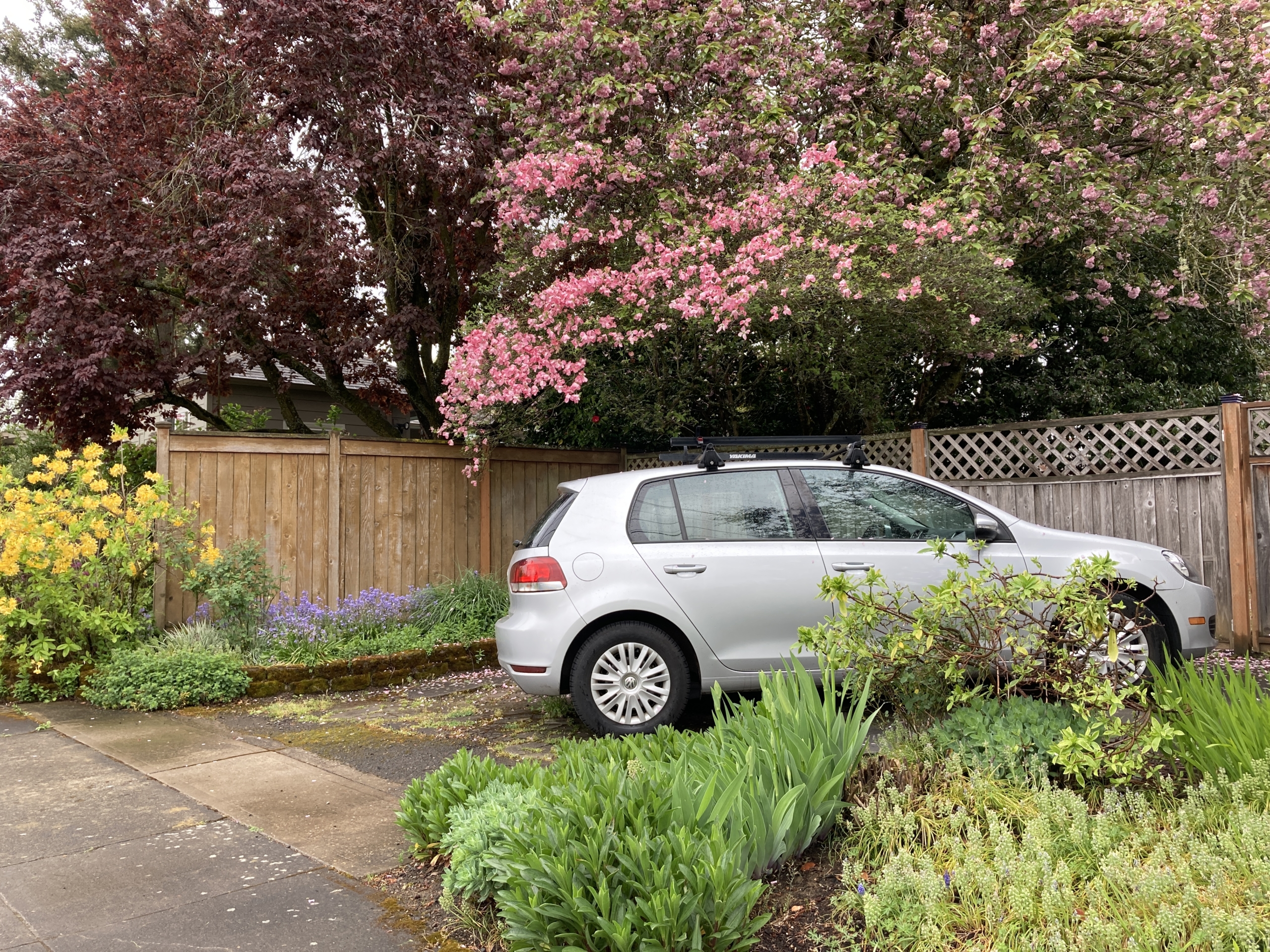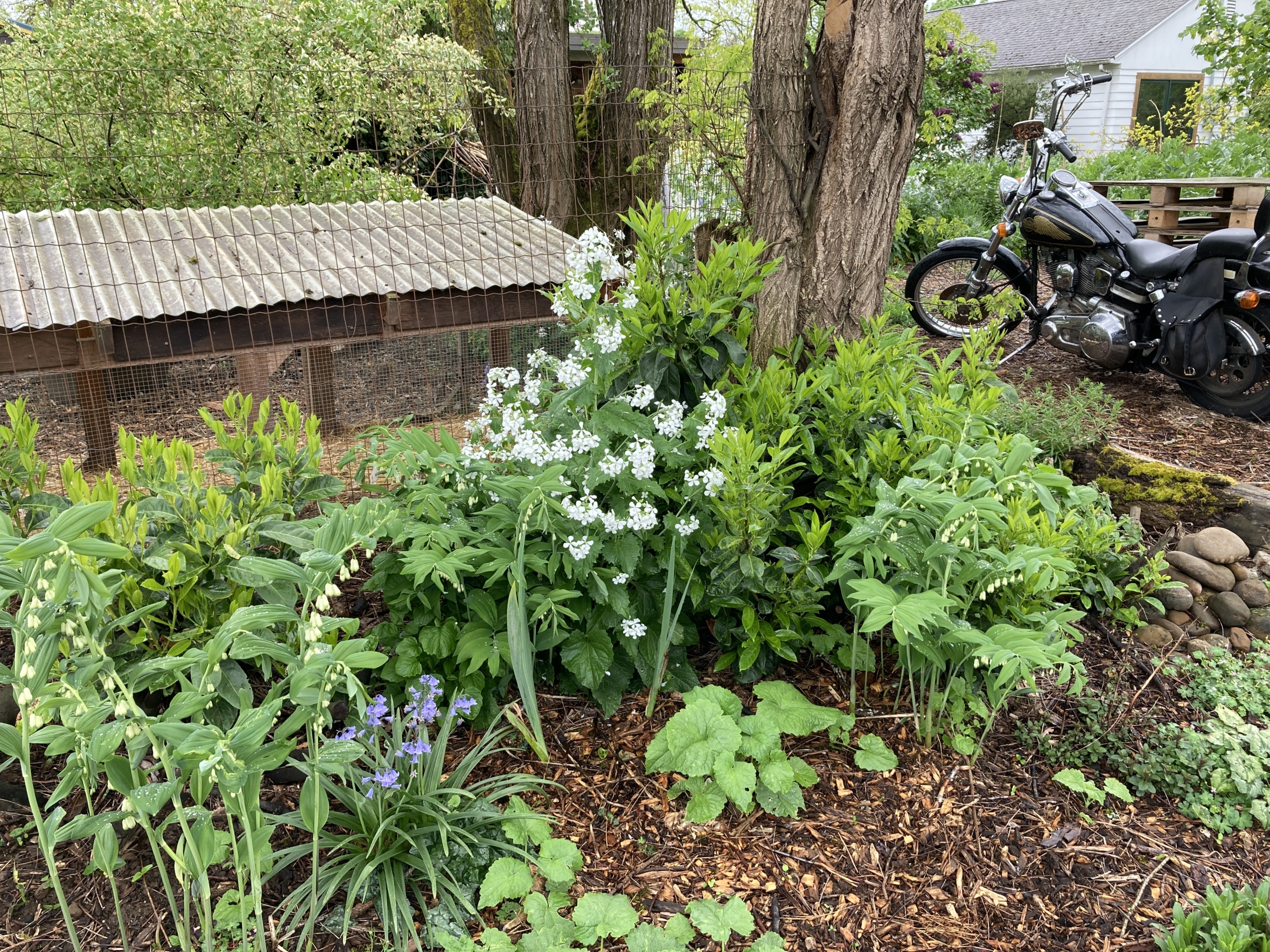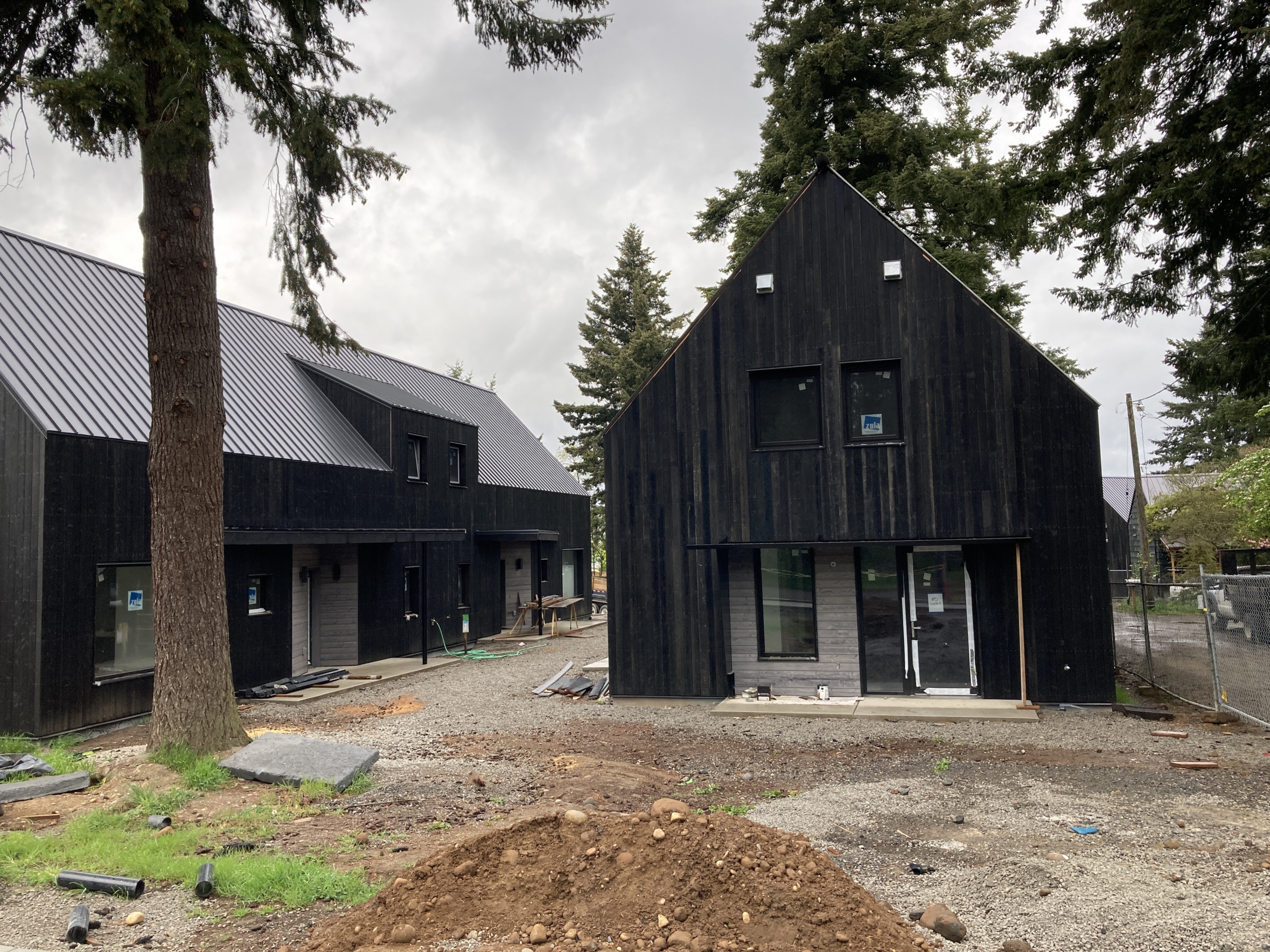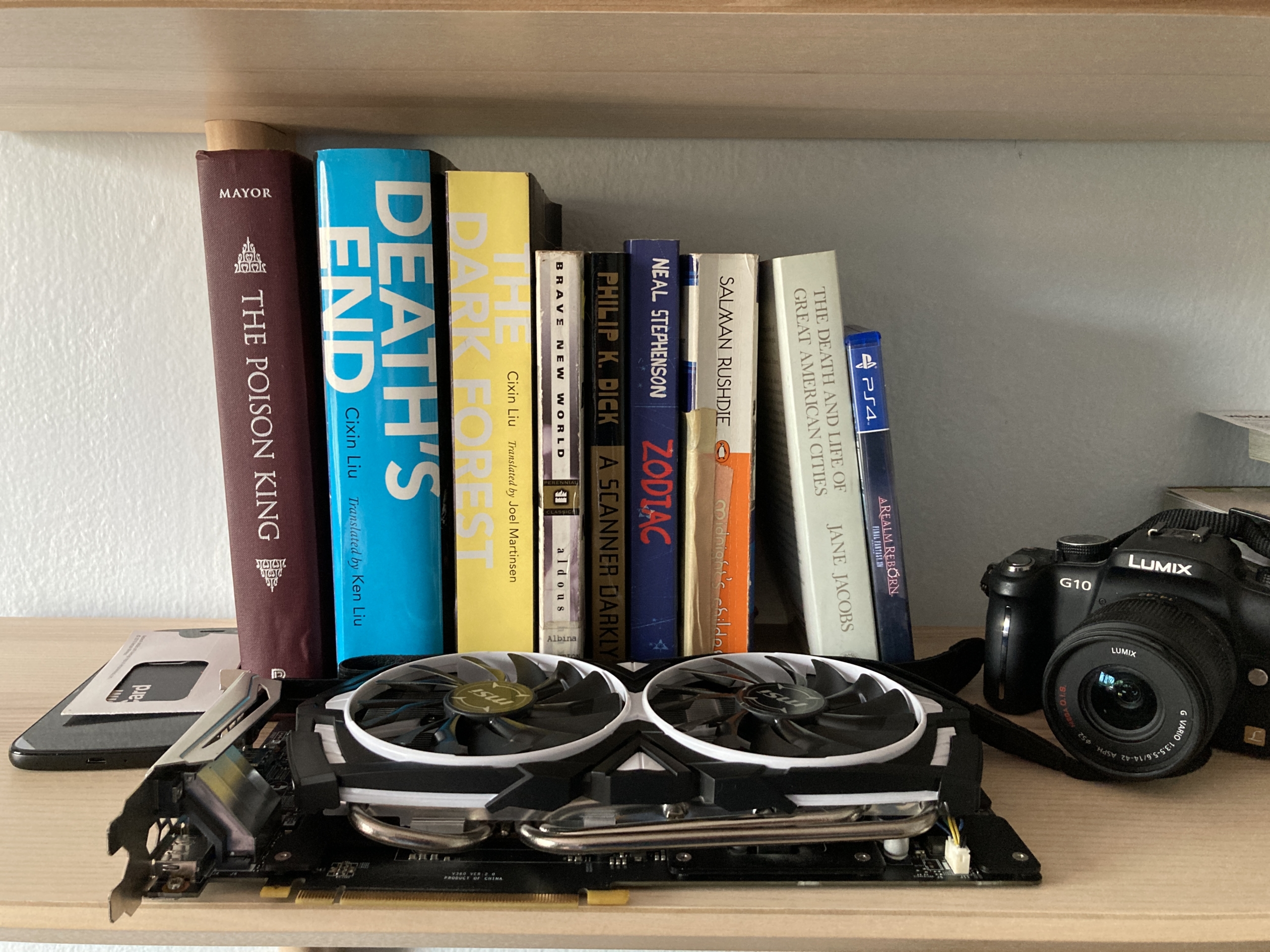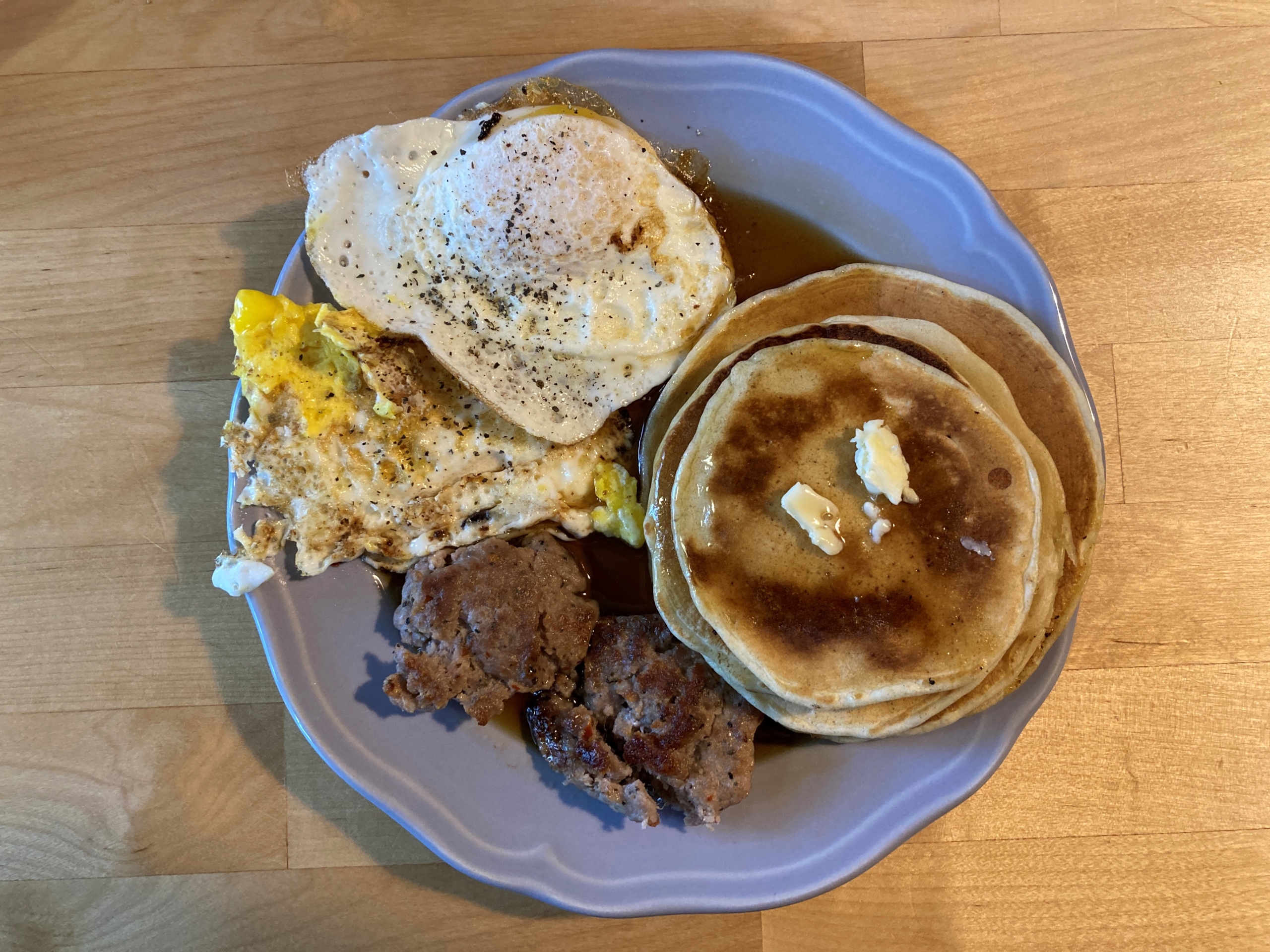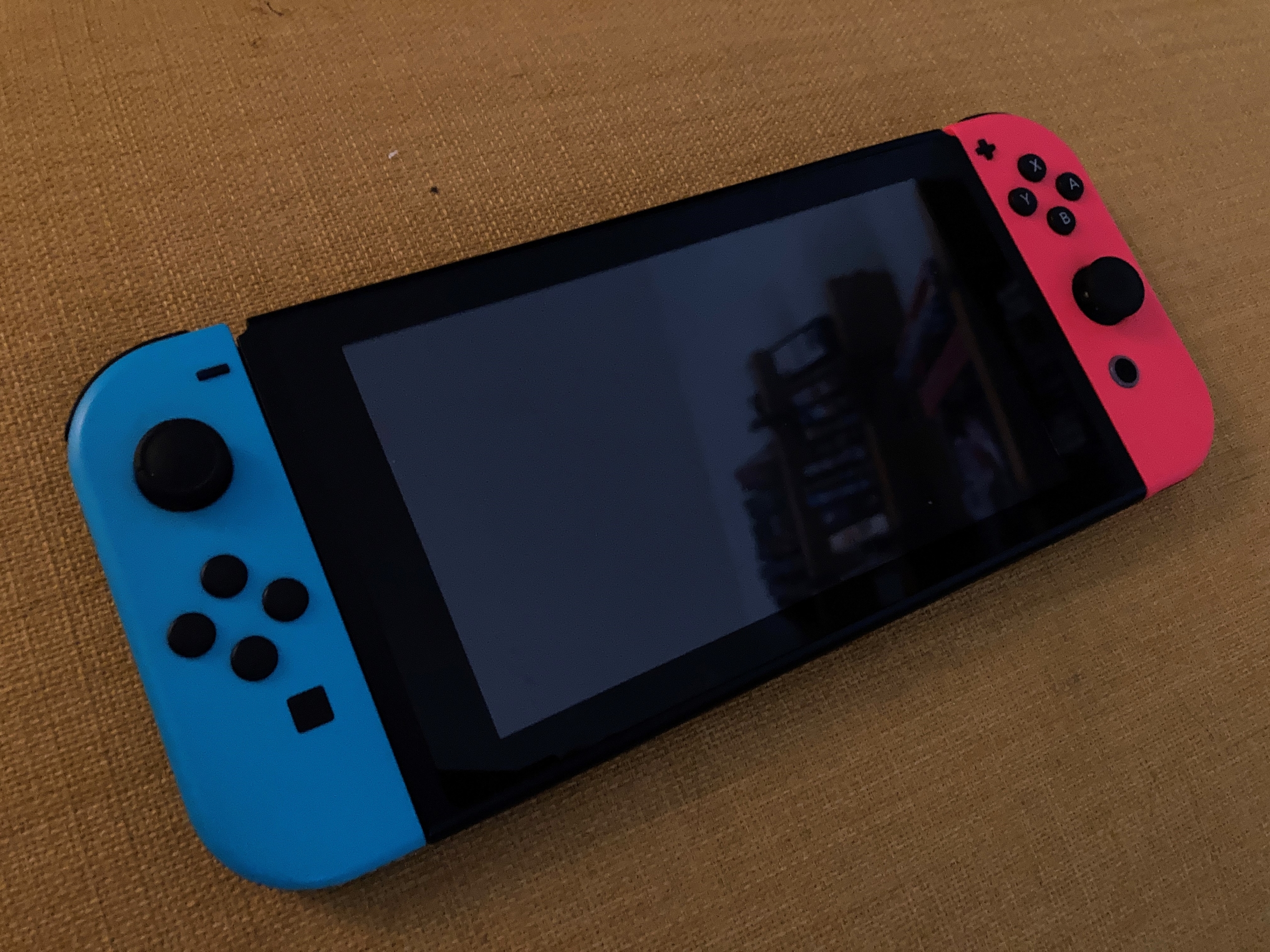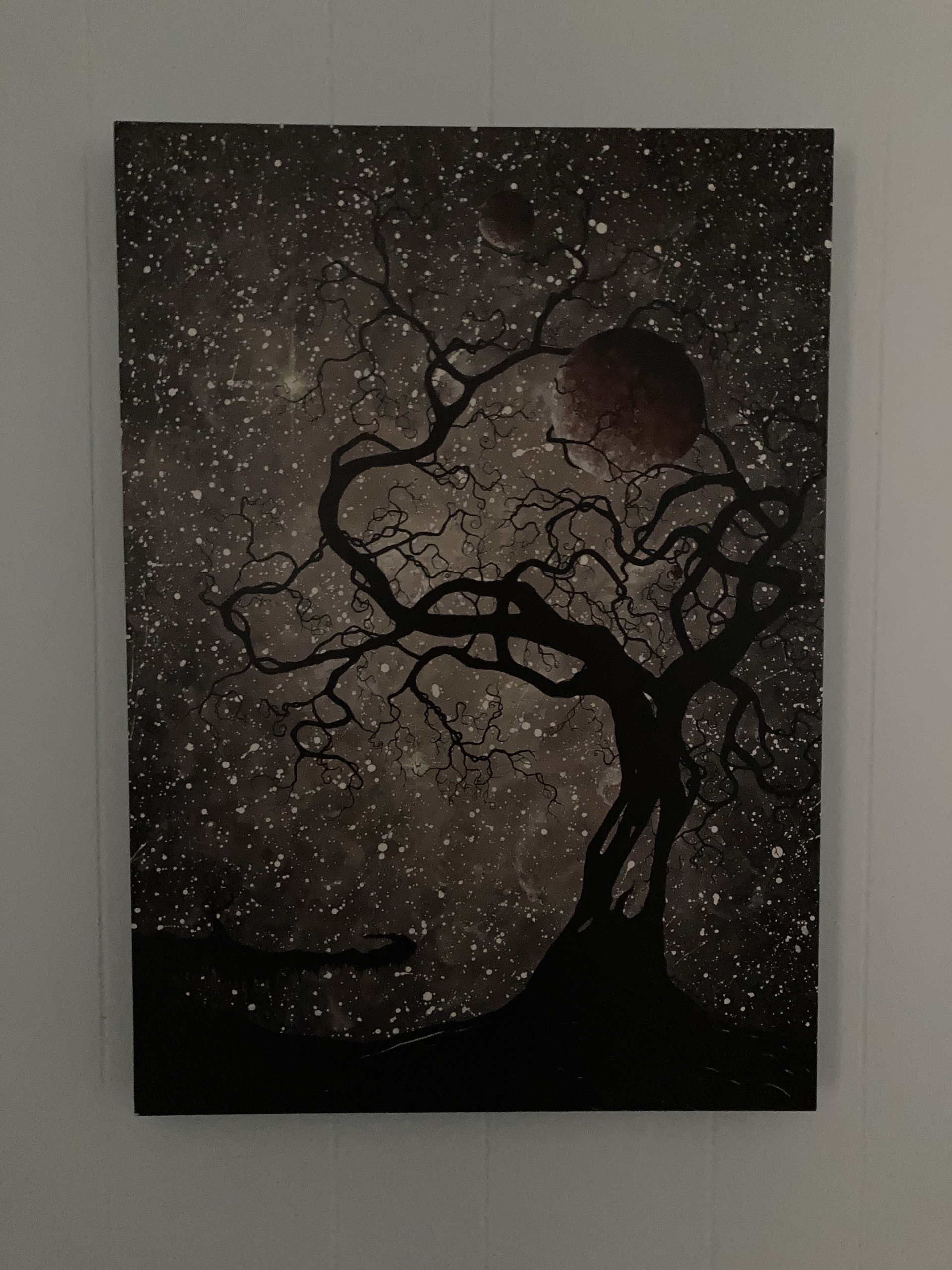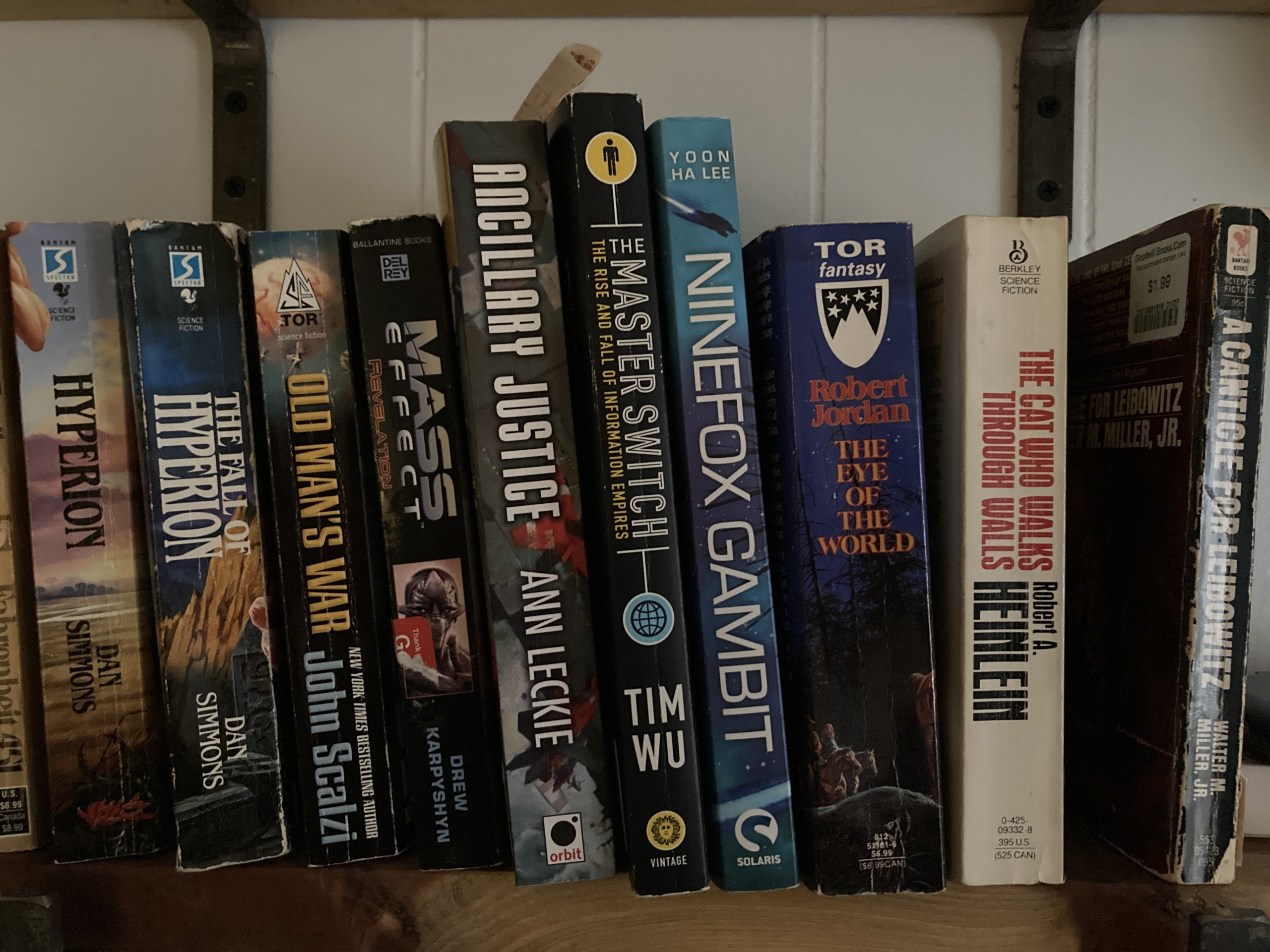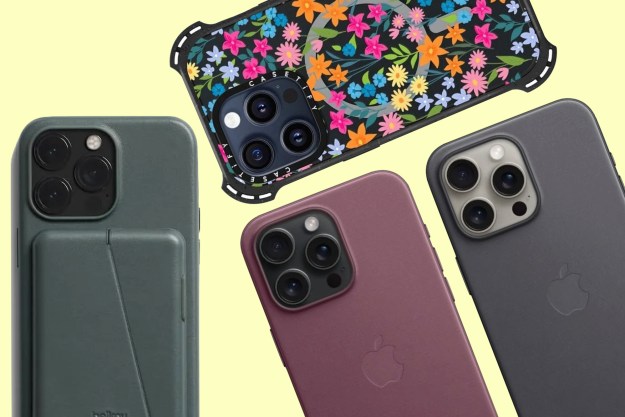- Light, compact design
- Class-leading performance
- Loud, enjoyable audio
- Great camera
- iOS is excellent
- Not a great display for $400
- Battery life is just OK
This review was last updated by Digital Trends’ Reviews Editor Matthew S. Smith on 4/29/2020.
Apple designs devices to last, and not just because it pleases customers. It also lets Apple polish up an old device with fresh specs and sell it as new. The iPhone SE is the latest example, but hardly the first. Apple took a similar approach to the iPhone 8, and still sells a MacBook Pro 13 with Touch Bar that’s essentially identical to the model launched in 2015.
It’s a polarizing strategy, and the new iPhone SE created a schism the moment it was announced, for all the usual reasons. Some see smart reuse of a great design that still has purpose. Others see lazy rebranding of an obsolete phone. People in both camps tend to have their opinion ready before ever laying hands on the phone in question.
Whatever your thoughts going in, one fact is indisputable: The iPhone SE ($400) is the least expensive iPhone, and that makes it important, no matter its design or hardware. Plenty of people will buy it because it’s the new default choice.
But is it a good phone?
Design
I’ll get an awkward admission out of the way. As a tech reviewer, you might expect me to upgrade my gear every year. I don’t. My everyday phone is an iPhone 7 Plus, which despite lacking many knockout features you’ll find on more modern devices, is still a nice phone.

The one thing I don’t like about it is a drawback it shares with the iPhone SE: Chunky bezels around the display. They’re massive compared to other modern phones. Every Android competitor in this space offers slim bezels that maximum screen size for a given footprint.
Can you live with them? Certainly. I have for years. Still, this is easily the biggest problem with the iPhone SE’s design. You’ll feel a tinge of jealously when a friend pulls out a Google Pixel 3a or Moto G Stylus. While the iPhone SE is replacing the iPhone 8, its design is rooted in the iPhone 6 — a phone that came out in 2014. It’s not unfair to say that the new iPhone SE looks like a six-year-old phone.
Thankfully, that’s where the bad news ends.
Despite its bezels, the iPhone SE remains a slim, sleek, pocketable device. It’s 5.45 inches tall, 2.65 inches wide, .29 inches thick, and weighs only 5.22 ounces, making it the lightest of the current iPhones. The Google Pixel 3a, which is among the smaller mainstream Android Phones, is still a half-inch taller, more than a 10th of an inch wider, and a 10th of an inch thicker — though it does manage to weigh the same.
You’ll find more of a difference when comparing the iPhone SE to a beefy Android phone, like the Moto G Stylus. That phone, which packs a 6.4-inch display, is three-quarters of an inch taller, a quarter-inch wider, and far thicker. It’s also about 30 percent heavier. That’s a difference you’ll easily notice, and I complained that the G Stylus felt too heavy and thick in my review.

As a small phone, the iPhone SE answers the prayers of those preaching the path of one-handed smartphone use. I’m 6 feet, 1 inch, and never needed two hands to use it — in fact, placing two hands on it feels a bit silly.
Owners under 5-foot, 4 inches might find reaching the top edge a stretch, but the maneuver is still possible with a slight shimmy. In that sense, the new iPhone SE falls short of the supreme one-handed utility of its 4-inch predecessor. Still, it’s small enough that I don’t think most people will find this a problem.
All the usual buttons are here: Power, volume up and down, and a physical switch for turning vibration on or off. They’re all made of aluminum, like the chassis, and feel great to use.
The Touch ID sensor, which provides flawless fingerprint login, continues to serve double duty as a home button. This a subtle but significant design choice. Because it has a home button, the iPhone SE doesn’t use the new gesture navigation system found on other new iPhones. I like this. Gesture controls are clearly the new normal, but I like having the button, which I think is more intuitive.
As for ports, well, you get a Lightning connector – a proprietary dead horse that I don’t feel the need to dig up and flog. Just know that you’ll need either wireless audio or a Lightning-to-3.5mm audio adapter, which isn’t included in the box.
Display
The iPhone SE has a 4.7-inch IPS multi-touch display that serves up a 1,334 x 750 resolution (or 326 pixels per inch). It’s a True Tone screen (meaning it adapts to the light in your environment) with wide color support, haptic touch, and reaches a maximum brightness of 625 nits, per Apple.
Is a 4.7-inch screen too small for a smartphone sold in 2020? No … but it’s close.
This is an undeniably small screen next to what you might find elsewhere. Plenty of Android competitors offer 6.2-inch to 6.5-inch screens for the same price, and some might even be OLED. I won’t say those displays look more “realistic,” but they’ll please your eye in a way the iPhone SE’s 4.7-inch IPS screen can’t match. They’re bigger, of course, and often have a punchier, more vibrant look.

Let me put it another way. The new iPhone SE’s screen is about 23 percent smaller than a Google Pixel 3a’s, and 40 percent smaller than that of a Moto G Stylus or Samsung Galaxy A51. It’s also 33 percent smaller than that of Apple’s iPhone 11. It’s a lot smaller than other phones you’ll be looking at in this price bracket.
I didn’t have a problem using it on a daily basis. In fact, normal day-to-day use is where the smaller size feels more comfortable.
The new iPhone SE is a great device for thumbing out a quick text reply, snapping a couple photos, or popping up Yelp to see what food is nearby. It’s small, nimble, easy to reach, and displays just enough information to get the job done.
The longer I used the device, though, the more I felt constrained. This starts on the Home screen, where apps are icons sit noticeably closer together than on most iPhones. Text can be harder to read, since it’s smaller, and you’ll need to scroll more while navigating websites.
Then there’s video. Mobile video consumption is a big deal for many people, and it’s a place the iPhone SE must make a sacrifice. Viewing a video on the 4.7-inch display isn’t nearly as enjoyable as it is on a larger 6.4-inch or 6.5-inch screen. Even the 5.5-inch display on my iPhone 7 Plus is in another league.
Audio
While the iPhone SE’s display left me precisely as whelmed as I’d expected, its audio quality delivered a surprise. This little phone can rock.
The iPhone SE delivers stereo playback with enough volume to fill a living room with sound. There’s even a hint of bass, which opens the soundstage and reduces distortion during complex tracks.
Listening to lo-fi hip-hop beats, I noticed a depth of sound that I don’t often hear in a midrange smartphone. It sounds like an older Oontz speaker I frequently use, though the iPhone SE’s maximum volume is much lower.
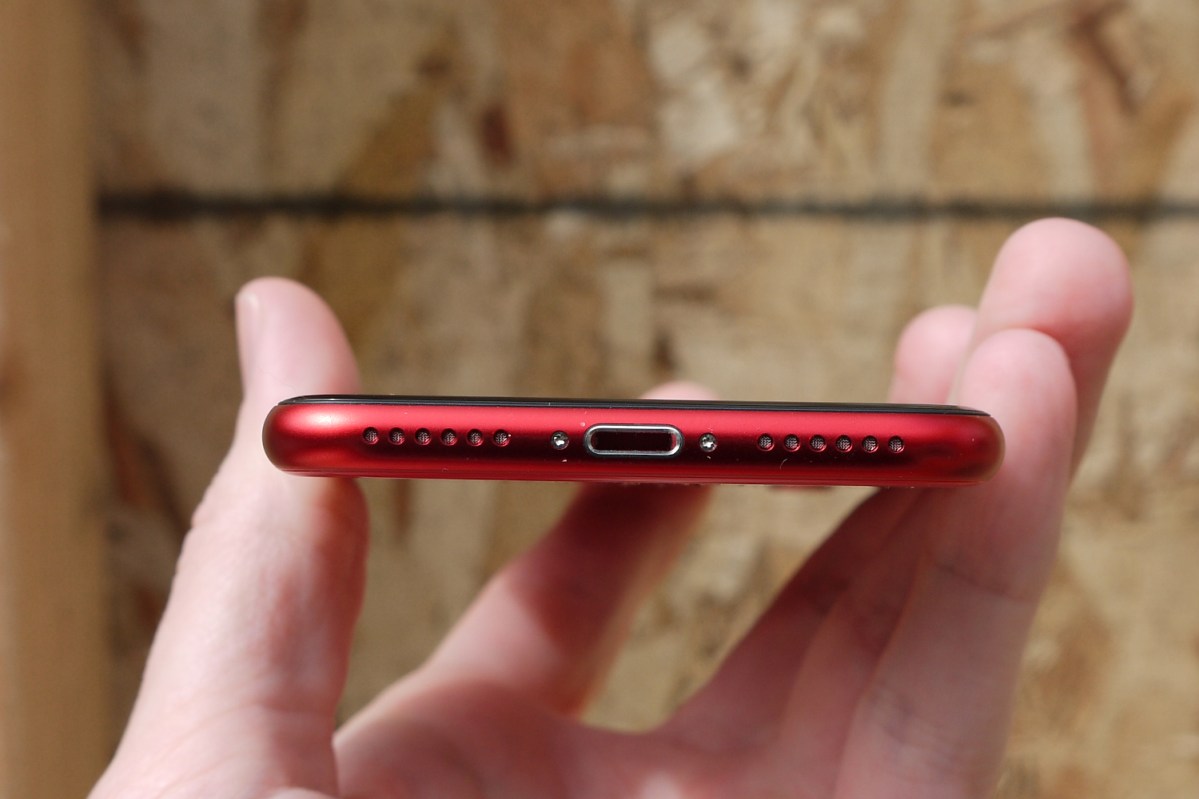
The clear mid-range helps in movies as well. Big explosions and deep bass soundtracks tend to wreck smartphone speakers, with smaller and less expensive phones suffering the worst of it. The iPhone SE isn’t free of muffled dialogue, particularly in action scenes where explosions and dialogue often occur simultaneously, but it does better than most.
And yes, it’s a huge upgrade for anyone still stuck on the original iPhone SE.
As mentioned, there’s no 3.5mm audio jack here, so you’ll need wireless audio or a Lightning-to-3.5mm audio adapter to use external audio devices.
Camera
Glance at the specs, and the iPhone SE’s camera doesn’t look impressive. It’s a single-lens system with a 12MP shooter. It has optical image stabilization, portrait mode, panorama mode, and Smart HDR, among other features, but none of that truly stands out.

Apple claims the secret sauce is its image pipeline, powered by the powerful A13 Bionic’s Neural Engine. And you know what? It’s good sauce. This is all the camera I’ll ever need on a phone.
Outdoor image quality
The new SE takes pleasing outdoor photos. I wouldn’t call its look neutral, but the iPhone SE is less prone to dramatic, vibrant shots than most Android phones. That can leave the iPhone SE looking flat, but the iPhone largely avoids excessive color saturation. Photos look realistic and balanced.
I must praise the new SE’s ability to handle bright lighting. This is a place where midrange Android phones often fall short. It’s not perfect, but blue skies are less likely to overwhelm a photo’s background, and the new SE usually settles on the right white balance without the need for finicky adjustments.
Indoor image quality
I was less inspired by the new SE’s indoor quality. The phone still settles on the right white balance. However, its tendency to take neutral, realistic shots can leave some photos looking flat.
This is a different problem from the noisy, grainy images you’ll see on a subpar smartphone camera. I think the photos look plenty sharp. They just lack the wow factor you might see from a flagship smartphone.
However, I still think the new SE performs well for its category, and you can take excellent indoor photos. I don’t like to stage test photos, and I did nothing to improve lighting. Simply turning on a lamp will significantly improve your results.
Low-light image quality
I can’t fault the iPhone SE’s low-light performance. Color saturation and contrast remain wanting, to be sure, but I’m a little surprised by how clear and sharp these photos turned out. You can see grain in the photo, but it’s not so bad that the photo looks downright ugly – which is certainly true with some midrange phones.
Remember, however, that the iPhone SE has no Night Mode (or anything similar). If you try to take a photo outdoors at night, you’re going to see a whole lot of nothing.
Zoom image quality

As a single-lens shooter, the iPhone SE lacks a zoom lens to help taking shots of far-off subjects. It only supports digital zoom up to 5x. Yet I’m not sure that’s much of a disadvantage.
Adding an optical zoom lens felt like a big deal when it first came to phones, but reception of the idea has cooled over time, particularly if the lens is merely a 2x, 3x, or 5x zoom. I’ve found them hard to use and have largely come to ignore them when I’m not testing their quality.
I think the new SE’s zoom performance is fine, even solid, for a midrange phone. Zooming all the way in certainly results in a quality hit, but the photo is still sharp enough to be usable. That’s better than some inexpensive phones I’ve tried.
Front-facing camera image quality
The iPhone SE has a 7MP front-facing camera, and it didn’t impress me. It struggles indoors, often delivering grainy, flat photos. Take it outdoors, and it struggles with white balance and contrast. It’s a functional shooter that can take good photos in ideal situations, but it’s not great for snapping quick selfies. The saving grace is the fact that all phones in this price range have similar issues.
Portrait image quality
- 3. Portrait mode on front facing camera
Portrait mode remains stunning.
Suddenly, photos from the front-facing camera are elevated from disappointing to not bad. The main camera, meanwhile, can take awesome portrait photos. Remember, I am not staging the accompanying photos. I’m not using any special lighting or even turning on a light in a room to make photos better. Despite that, I’d be happy sharing the photos I took in portrait mode with friends.
It’s not perfect. Portrait mode is handled entirely in software, and it can make mistakes. Look closely at my curly locks and you’ll see they’re sometimes blurred when they shouldn’t be, a common problem for single-lens phones that attempt depth of field.
On the plus side, you can manipulate the images after taking them in all sorts of ways. You can change lighting and aperture or omit the background entirely. It all happens with surprising speed and is a lot of fun to play with.
Photo quality: iPhone SE vs. Google Pixel 3a
The Google Pixel 3a is priced at $400, just like the iPhone SE, and is often considered the champion of mid range phone photography. Fortunately, I have a Google Pixel 3a XL, so I could compare them head-to-head.
iPhone SE (left) and Google Pixel 3a XL (right)
- 1. iPhone SE (2020)
- 2. Google Pixel 3a XL
- 3. iPhone SE (2020)
- 4. Google Pixel 3a XL
- 5. iPhone SE (2020)
- 6. Google Pixel 3a XL
- 7. iPhone SE (2020)
- 8. Google Pixel 3a XL
I prefer the new SE, but it’s not a blowout. I think Apple’s phone does a better job with white balance. This is most evident in the photo of the pizza logo against a partly cloudy sky. The iPhone does a much better job delivering an accurate photo, while the Pixel 3a XL’s color temperature ends up too cool.
The new SE also takes the lead in portrait mode. I think image quality is comparable – but look at my ‘fro! The Pixel 3a XL’s algorithm is clearly less aggressive. While the iPhone blurs some wayward locks, the Pixel 3a gives me an odd halo.
Apple doesn’t win every photo, though. I prefer the Pixel 3a XL’s photo of the lush garden sidewalk. It’s more vibrant, yet still looks natural. You can almost smell the crisp spring air. The iPhone SE’s photo is too flat and fails to capture my memory of the scene.
Photo quality: New iPhone SE vs. original iPhone SE
You might wonder what 4 years of progress will get you. What’s the answer after pitting the 2016 and 2020 versions of the iPhone SE against one another? A lot.
iPhone SE 2nd-gen (left) and iPhone SE 1st-gen (right)
- 1. iPhone SE (2020)
- 2. iPhone SE (2016)
- 3. iPhone SE (2020)
- 4. iPhone SE (2016)
- 5. iPhone SE (2020)
- 6. iPhone SE (2016)
- 7. iPhone SE (2020)
- 8. iPhone SE (2016)
- 9. iPhone SE (2020)
- 10. iPhone SE (2016)
The new SE’s huge improvement in white balance and color temperature stands out most. The original iPhone SE suffers in many outdoor situations. It can’t even handle a cloudy sky. This leads to overly bright images that lack color, contrast, depth, and any other trait you’d associate with a good photo.
The indoor photo of a hearty slice of coffee cake shows less difference in lighting and color, and you might confuse the photos from each SE briefly. Look closer, though, and it’s obvious the new iPhone SE’s photo is much sharper.
Portrait mode isn’t available on the original iPhone SE, of course, and that makes a big difference. Portraits from the new iPhone SE look sharper, with better contrast and far better focus on the subject.
iPhone SE camera quality summary
The new iPhone SE has a great smartphone camera. I think it beats the Google Pixel 3a, commonly considered the benchmark in this category, by a hair. It works well in most situations and can deliver some truly excellent shots.
I do somewhat miss the lack of any additional camera, such as an ultrawide, to improve versatility. You can find that on some competing phones. However, those phones won’t keep up with the iPhone SE’s main camera.
What the new SE lacks in versatility, it makes up for by snapping solid shots with little preparation.
Video quality
You can shoot 4K video up to 60 frames per second on the iPhone SE, or extended dynamic range video up to 30 fps. Optical image stabilization helps keep shots steady, and digital zoom works up to 3x. The phone also supports slo-mo 1080p video at up to 240 fps.
I don’t frequently shoot video on phones — or at all — so I’ll admit I’m not the best judge of quality. I think it looks great, particularly at 4K. I imagine most casual users will, too. Professionals and enthusiasts may have a different opinion.
What stood out most wasn’t quality, but speed. The new SE is a snappy performer, even when recording 4K 60 fps. There’s no lag to begin recording and no lag while recording. That’s definitely not true for midrange phones, some of which can’t shoot 4K at 60 fps.
Performance
Apple’s decision to buy P.A. Semi in 2008 easily ranks among the most important in the company’s history. Excellent performance is a key trait of Apple phones and tablets across all price points.

The iPhone SE is a testament to that. Though it starts at $400, and is considerably smaller than other recent iPhones, the SE has the same A13 Bionic processor you’ll find in the iPhone 11 and iPhone 11 Pro. That’s paired with 3GB of RAM.
- Geekbench 5 Single-Core: 1,324
- Geekbench 5 Multi-Core: 3,192
- Antutu: 484,479
- 3DMark Sling Shot: 4,024
The iPhone SE might be a mid-range phone, but its performance is equivalent to a flagship. The new SE’s single-core Geekbench 5 score of 1,324 is nearly four times quicker than a Google Pixel 3a, and its multi-core score is nearly two-and-a-half times better. The iPhone SE’s CPU easily defeats the more expensive Google Pixel 4 XL. It goes toe-to-toe with the Samsung Galaxy S20 Ultra and the OnePlus 8 Pro, winning in single-core and nearly tying in multi-core.
All this performance is thrown at a 4.7-inch screen with a resolution well below 1080p. The iPhone SE doesn’t merely fly. It shrieks through apps and games like a supersonic jet. Its performance is as close to perfect as I’ve ever witnessed. It’s not just great. It sets a new high bar for mid-range phones, one I doubt Android competitors will hit within the next few years.
The iPhone SE doesn’t merely fly. It shrieks through apps and games like a supersonic jet.
This is the part where I’d normally try to dig deeper and highlight a few nitpicks that detract from the experience. Not here. I have nothing to add. It’s perfect.
Storage
The basic $400 iPhone SE comes with 64GB of storage. You can upgrade to 128GB for $450, or you can choose 256GB of storage for $550. You’ll need to pick the right amount from the start because, as with other iPhones, you can’t add more storage later.
Unlike some past entry-level iPhones, the new SE’s base storage is adequate. My iPhone 7 Plus has 256GB of storage, but I only use half of that, and well more than half of what I use is old podcast episodes and unnecessary photos. I think a lot of people can get by with the 64GB model.

That said, spending an extra $50 on the 128GB model is not a bad idea. Storage is something you won’t care much about until you run out, but once you do, it can be annoying. The 128GB model lets you rack up podcasts, photos, and apps without constantly deleting old files.
I don’t recommend the 256GB model. Anyone using that much storage is a serious smartphone enthusiast, and the iPhone SE’s small screen takes it out of consideration for most heavy users. I know there’s a handful of die-hard small phone enthusiasts who will want the 256GB model, but it’s overkill for most.
Wireless connectivity
The iPhone SE isn’t a 5G phone. Apple has been slow to embrace 5G, and the tech hasn’t filtered down to this price point yet. This makes little difference to me, and most buyers, because 5G availability is limited. As far as I know, I’d have to travel more than 250 miles to get a 5G signal.
This is a dual-SIM device, which can be useful for travelers, and is a bit surprising given the phone’s price. The iPhone SE supports Bluetooth 5.0 and the Wi-Fi 6 standard.
Battery life
A 1,821mAH battery powers the iPhone SE. Apple quotes up to 8 hours of battery life while streaming video, or 13 hours when playing video from the phone’s local storage. The phone supports fast charging with an 18-watt adapter (unfortunately not included) and supports wireless charging via Qi chargers.
Like all iPhones, the new SE sucks down very little juice on standby; I suspect it could last a week, though I haven’t had it for long enough to test that out.
As a PC geek at heart, I’m not a heavy smartphone user. My personal iPhone tells me I tend have the display on for between one hour and one-and-a-half hours each day. Its been years since I last tested a phone that can’t last me all day, and many can last me two. The iPhone SE is no exception.

I suspect heavy users would have more trouble. A half-hour benchmarking the phone knocked 12 percent off a full charge, for example. If you like to play demanding 3D games, or you use the phone to watch streaming films, you might find it necessary to pick up a midday charge.
As I mentioned earlier, the iPhone SE doesn’t target those owners because its small display size isn’t ideal for either gaming or movies. If that’s what you want to do, buy a larger phone.
But let’s be real: Android phones can crush the iPhone SE’s battery life, just as the iPhone SE can crush Android’s performance. The Moto G Power, which I recently reviewed, has a 5,000mAh battery. It could last two to three days in my hands. The iPhone SE certainly can’t match that.
For me, however, battery life isn’t a problem. The iPhone SE can last all day in my hands, and I gain nothing from a phone that lasts longer.
Software
The iPhone SE, of course, runs iOS 13. It’s the phone’s killer feature. I’ve swapped back and forth between iOS and Android phones ever since I bought my first “real” smartphone, the HTC Thunderbolt, in 2011. I’ve always found iOS preferable.
Apple’s iOS is quicker, more secure, and more attractive. I despise the bloatware and barrage of pointless notifications that assail most Android phones. Yes, it’s possible to configure Android in a way that (mostly) fixes the problem, but I’d rather not have to.

I’m not going to cover every aspect of iOS 13 here, but there are a few important features you should note.
The iPhone SE of course runs iOS 13. It’s the phone’s killer feature.
Switching from another iPhone is an absolute breeze. Place the new and old phones beside each other, then snap a photo of a pattern shown on the old phone’s screen with the new phone. This starts the transfer, which can take minutes if you have an iCloud backup available. Your apps and files make the leap, and while you’ll have to log back into some accounts, this isn’t true in every instance. I had the iPhone SE ready to go, with all my previous data available, in 20 minutes flat.
Because it lacks Face ID, and has a Home button, the new SE doesn’t use the new touch-gesture navigation found on the iPhone X and later models. If you own an aging iPhone like me, you won’t mind. If you own a new model and want to downsize, however, beware. You’ll have to unlearn everything you learned about navigating new iPhone models. That could be a frustrating experience.
The iPhone SE also lacks Face ID. I love facial login when it’s fast and secure, as is true on the iPhone, but it’s pure luxury. Touch ID is fast, fluid, and secure. And again, the iPhone SE is targeting people who own older phones. If you’ve never used Face ID, you won’t miss it.
Warranty
Apple ships the iPhone SE with a one-year limited warranty. That’s the industry standard.
You can purchase added protection through AppleCare+, which extends the warranty and covers some accidents. AppleCare+ is $80 for 24 months of coverage, or you can pay month-to-month for $4. AppleCare+ with theft protection is $150, or $8 monthly.
I don’t recommend AppleCare for this phone. This is an inexpensive phone, and a small phone that (in theory) you’re less likely to drop. Just slap a case on it and call it good. Breaking a phone sucks, but it’s not likely in this case, so you probably won’t have need for AppleCare service.
It’s worth remembering that Apple, unlike most brands, has a large network of physical stores that can provide service. I’ve had better luck solving issues with a visit to an Apple store than through the phone support provided by other brands.
Our Take
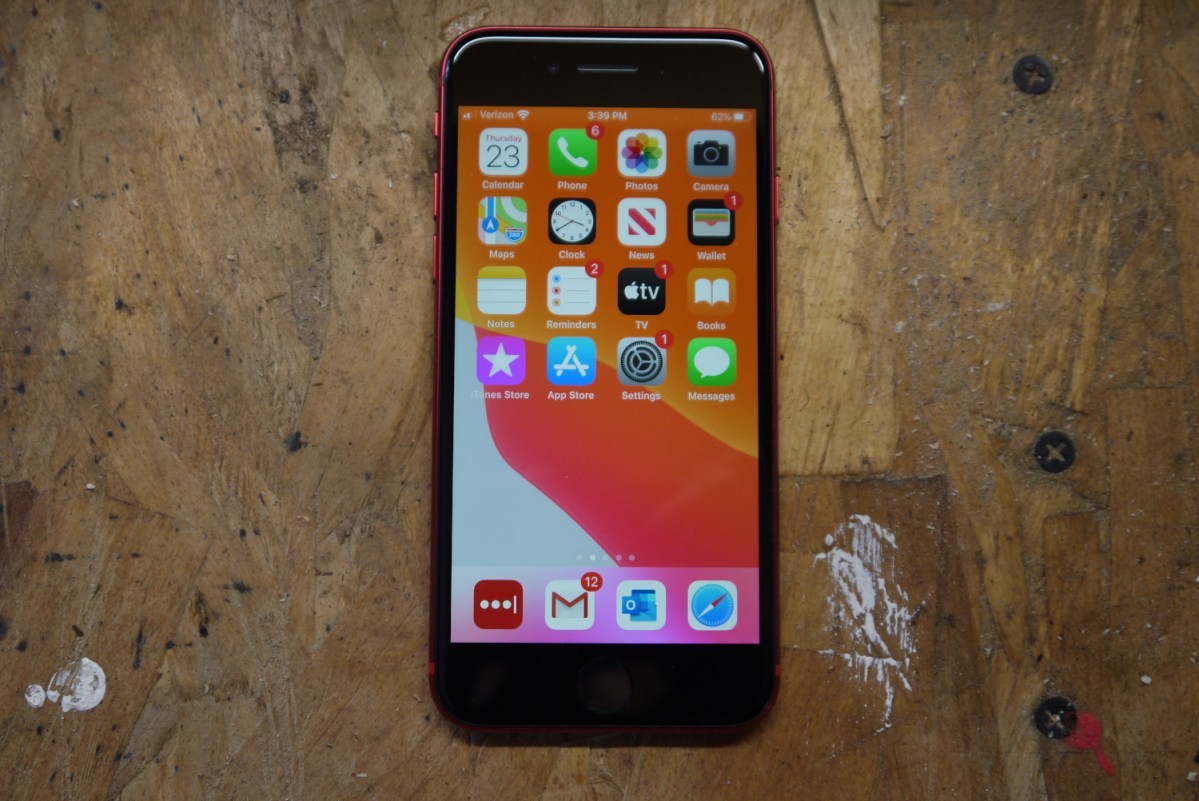
The iPhone SE is a good phone, and well worth $400. It’s not for everyone, but it’s great for many, and I’d seriously consider it if I had to buy a new phone right now.
Is there a better alternative?
Google’s Pixel 3a is the clear competitor. It’s a great Android phone at a low price. The iPhone SE is faster and has a better camera, but the Pixel 3a has a larger display, and you can opt for the Pixel 3a XL for a slightly bigger one. Right now, the Pixel 3a XL is just $420 on Amazon. I prefer iOS, so I would buy the iPhone SE, but you might go with the Pixel 3a if you’re a fan of Android.
The wild card is Google’s Pixel 4a, which is anticipated but not yet announced. It’ll likely bring camera improvements and an even better display. It will still lag in performance, however, because nobody’s silicon can outgun Apple’s A13 Bionic right now.
You might also consider the Samsung Galaxy A51 or the Moto G Stylus. These midrange Android phones throw more features at you, some of which are nice to have. The Galaxy A51 has a lovely OLED display and the Moto G Stylus has, well, a stylus. They’re larger phones with big screens that cater to heavy users despite budget pricing. They’re solid phones, but the iPhone SE offers a more cohesive, intuitive device, with a processor that runs circles around both.
Some shoppers will consider the iPhone 11. It’s significantly more expensive, but has a much larger screen and an ultrawide camera. Make no mistake, the iPhone 11 is a better phone. The $300 gap between the iPhone SE and the iPhone 11 is sizable, though, and not everyone will find the bigger phone’s advantages worth the bump in price.
How long will it last?
The iPhone SE is a five-year phone. Its performance is excellent and Apple, unlike most Android brands, delivers OS updates for years after a phone is released. The only issue to note is battery life. It’s merely OK and, after five years of wear and tear, you’ll probably have to deal with midday recharging.
Should you buy it?
Yes. The iPhone SE is a solid entry-level iPhone. You can buy a better device, but you don’t need a better device. If you, like me, consider a smartphone to be just one of many gadgets you could spend money on, opting for the $400 SE can make a lot of sense.
Editors' Recommendations
- Best refurbished iPhone deals: Get an iPhone 14 for $513
- Best iPhone deals: Save on iPhone 15, iPhone 15 Pro Max and more
- iPhone SE 4: news, rumored price, release date, and more
- Best iPhone 15 deals: How to get Apple’s latest iPhone for free
- Best phone deals: Save on the iPhone, Galaxy Z Fold 5, and more

